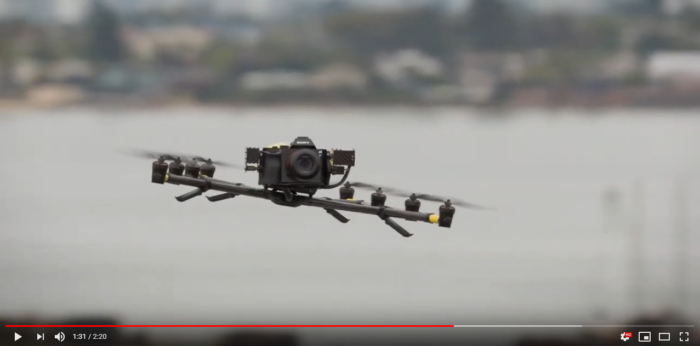The US Naval Surface Warfare Center, Port Hueneme Division (NSWC PHD) scientists and a local company want to use unmanned aerial vehicles (UAVs) to track corrosion or degradation.
NSWC PHD and Aerial Alchemy are partnering under a Cooperative Research and Development Agreement (CRADA) to solve how corrosion affects the performance of Navy ships’ combat systems and to find a way to detect corrosion remotely.
Aerial Alchemy develops medium and heavy-lift UAVs that use sensors equipped with lidar scanning and other imaging technology to accurately capture data used to generate a 3D digital representation of a physical asset, also known as a digital twin.
The partnership’s goal is to explore using the drones and its processing system and visual data to detect areas that may have corrosion. As a drone flies over a specified area of a ship, such as a hull or the rear, it transmits video to create a digital model of a ship that contributes to the ship’s detailed analysis, including potential areas of concern for corrosion or rust.
Should the UAV and sensors detect corrosion, it will help give scientists an early head’s up of the issue, according to Alan Jaeger, NSWC PHD Office of Research and Technology Applications manager.
The idea of the CRADA we are doing now is whether we can use various sensors to identify that information without having to put human eyeballs on it. If we can, then the next step is putting that on drones or unmanned aircraft, so we don’t have to send a sailor on a ship; we can send a drone, and it can scan equipment and identify corrosion or undersurface damage, for example. If we can get that data, then we can start pre-planning for maintenance, preventative maintenance and repair operations
said Mr. Jaeger.

































































